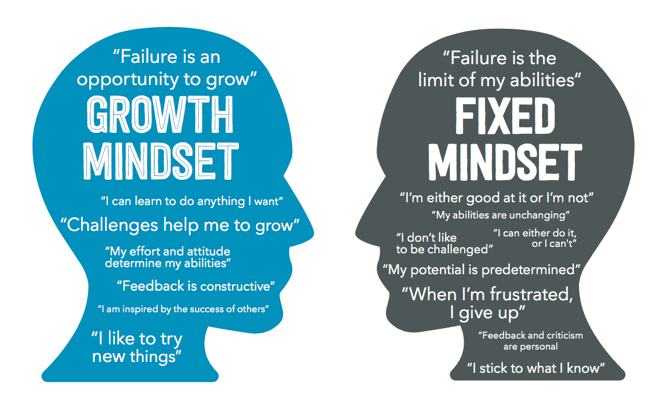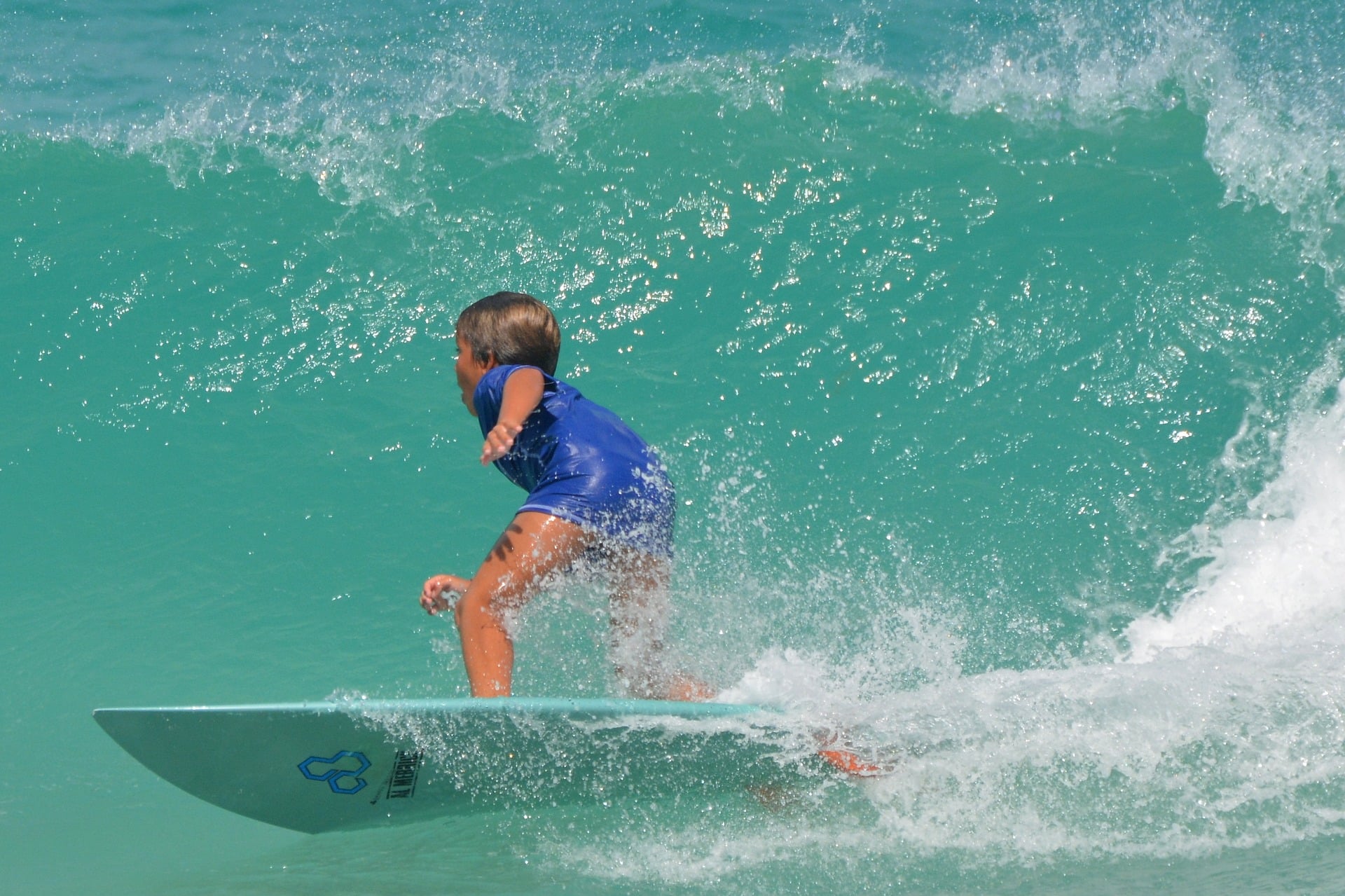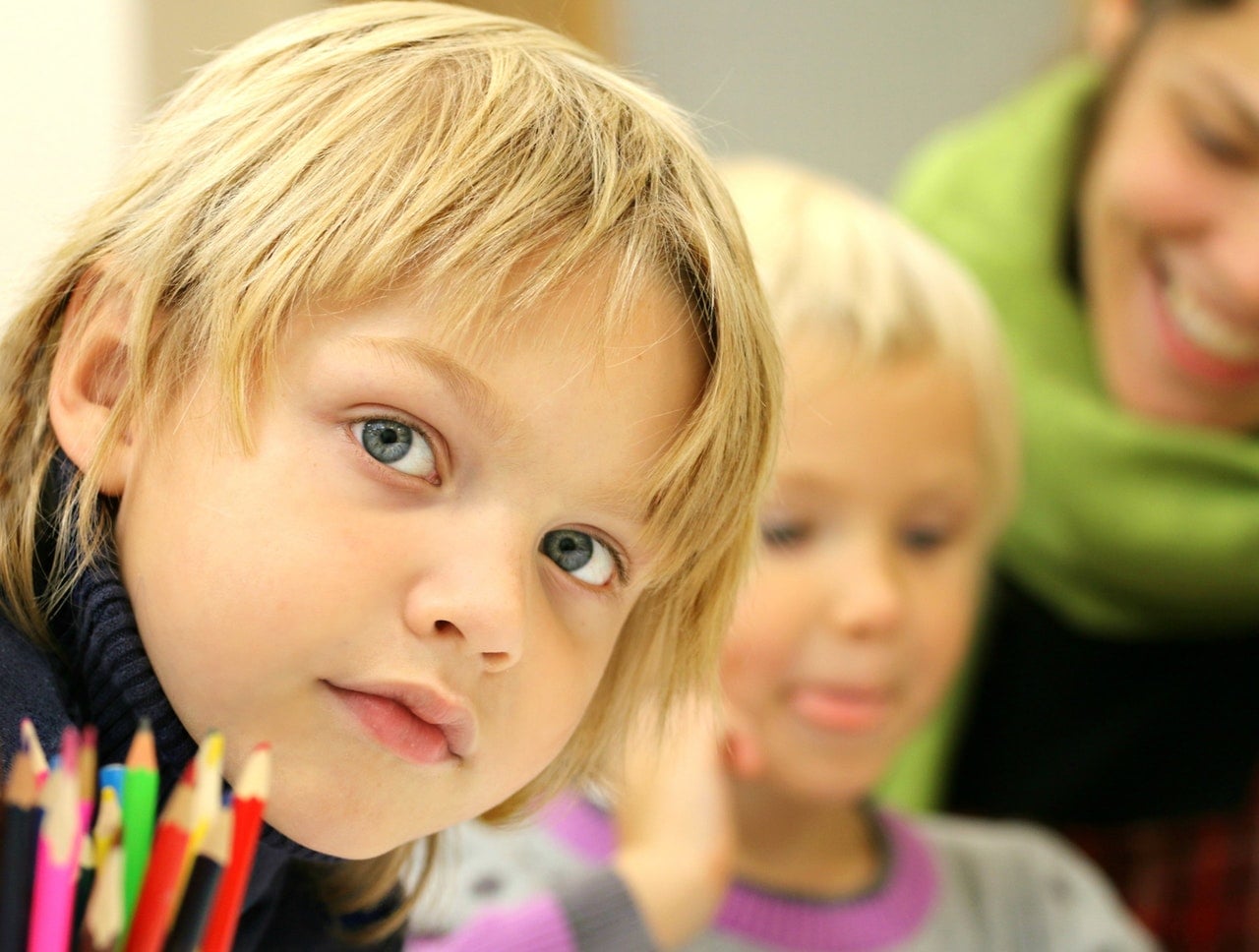Grit for Kids: Why We Want It and How We Get It
Watching my six-year-old niece learn to water-ski is to watch 20 kilograms of pure grit. If it is possible to will yourself to stand on water, she has done it. She failed often, she probably felt like a drowned rat, and her arms must have been aching. But she held on, time and time again. There was no telling her she wasn’t old enough, and there was no thought that perhaps it wasn’t possible. Like I said, pure grit.
What is Grit?
Grit is difficult to define. But it is generally accepted to mean the motivation, energy, and drive that keeps a person on a difficult task over a sustained period of time. Sometimes we refer to it as ‘character’.
What we do know is that people have grit in varying degrees. We also know that it is contextually dependent. People may have it in one area of their life but not in others.
The hope is that we raise kids with grit. Research tells us that grit is an indicator of future success, academically and socially. It is also a trait we admire in people for its own sake. So, where do parents and teachers begin in teaching kids to be gritty?
Teaching Grit
It’s not possible to teach grit in isolation. In fact, there is very little research to suggest that grit can be taught at all. Some people are just born with it, like my niece. However, Santa Maria College Principal, Jennifer Oaten, says “It’s not about teaching grit. It is about providing opportunities and challenges that allow grit to be developed.”
Built into the curriculum at Santa Maria College are programs that encourage persistence, initiative, and opportunities for challenge. Fearless5 is one such program for Year 5s. Each day of the program begins with a session called Famous Fails, where kids are told stories of people demonstrating grit in the face of failure. Even the children’s teachers tell their stories of failure, just as parents should.
Be careful not to trivialise failure. Failure isn’t just when things don’t work. Failure hurts. If it doesn’t hurt, it’s not failure. Overcoming that emotional pain is what builds grit. That pain is what kids need to understand. It is one of the emotions we need to acknowledge as normal even though it is uncomfortable.
Grit Cannot Develop in Isolation
Grit cannot be developed in isolation. It goes hand in hand with other qualities such as courage, independence, resilience and most importantly, a growth mindset.
A growth mindset is a deeply held belief that a person can learn anything given enough time and effort. Carol Dweck is a Professor of Psychology at Stanford University. She is the world’s most recognised student of the mindset trait. In her notable Ted talk, she spoke about it in terms of, ‘The power of yet’. When your child says, “I can’t do this”, then you need to add, “Yet. I can’t do this yet”.
Dweck’s research shows that even explaining this concept to a child will affect the way they view their learning. She points to evidence that says, an understanding of growth mindset changes neural pathways that allow for greater growth in learning.
The opposite to a growth mindset is a fixed mindset. This is the belief that we are born with fixed abilities and these will limit our potential. It is easy to understand that a fixed mindset is not conducive to the development of grit.

Which Conversations Will Help in the Development of Grit?
Mrs Oaten suggests these three conversations for parents who want to help develop grit in their child.
- Share the challenges, obstacles and failures you have experienced as this normalises failure as part of life. We don’t often talk about our failures and the attached emotions.
- When an issue arises at school or with friends… ask your child how she can solve it. Suggest alternatives and allow her to choose what actions she will take.
- When your child receives a test result, consider the focus of your conversation? Regardless of success or failure, focus on what worked well and what didn’t. Use it as a learning experience to improve next time.
How Do We Coach Our Kids to Show Grit?
As well as grit-building experiences, kids need us to coach them, so that they know how to deal with the big emotions that go hand in hand with challenges. Feelings like fear of failure, shame and vulnerability.
Emotional coaching is about calming a child and helping them to understand their emotions. It creates space for us to connect with kids and help them learn how to self-regulate and problem solve.
5 Steps of Emotional Coaching
- Listen to what is happening inside you emotionally. This is the time to recognise that you might be frustrated or disappointed or angry or any other of a myriad of feelings. It’s important to recognise those feelings and calm yourself before you can coach your child.
- Connect with your child. Pay attention and recognise your child’s emotions. This is also the time for eye contact and touch. Your child needs to know that you are there for them.
- Listen carefully to what your child is telling you. Listen to understand, not to fix or rescue. Try not to judge or overreact. The way you react at this point will have a strong impact on the way your child perceives the situation and his/her abilities.
- Teach your child to name their emotions. Recognising and naming emotions is very calming.
- Help your child find solutions. This stage is for when everyone is calm, don’t expect too much too soon. It’s hard to think clearly when we’re emotional.
Over time this process will become practised and easier. Eventually, your child will learn to self-soothe and problem solve themselves. If they have learned how to manage the emotional side of difficult, long-term tasks, they will have the capacity for grit

Finally…
An important aspect of grit development in kids, is obvious but often overlooked. Parents and teachers have to show grit. They have to role model it. They also have to show grit by being brave enough to let their kids fail. This is difficult in the face of judgment from others.
Like my little niece, parents and teachers have to hold on, even when the water is over their heads and their arms ache and they think they might drown. Grit is seldom pretty, but if you’re persistent, you don’t mind failing and you believe it is possible, you will eventually be able to stand on water.
Why not follow Linda’s blog? You’ll receive useful information to help support your kids as they navigate their school years.
Written by Linda Stade ©Santa Maria College: All rights reserved.







